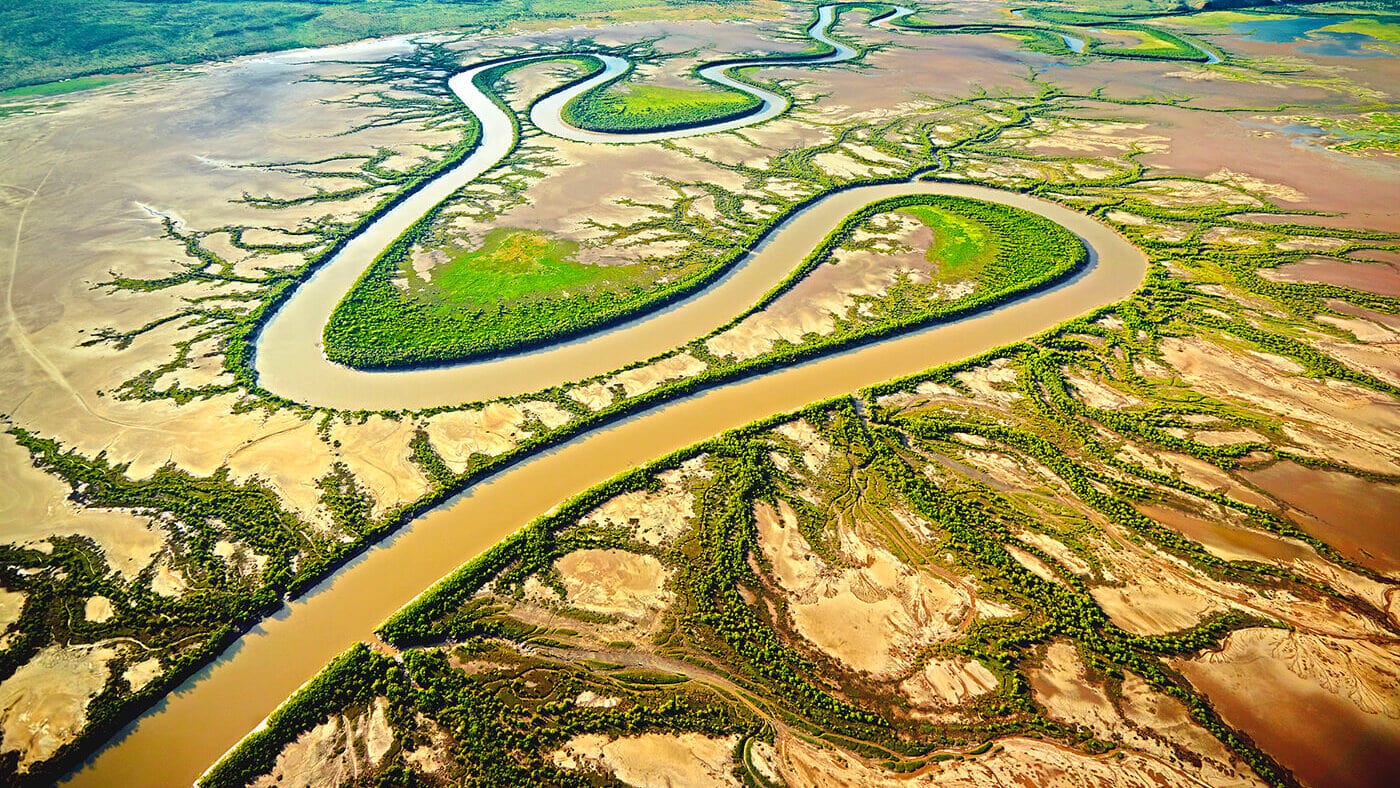
31 interesting facts about sedimentation
- 👁️ 411
Sedimentation is a natural process that has shaped landscapes and ecosystems throughout the history of the Earth. It involves the deposition of particles, originally suspended in a fluid, which settle out of the fluid by gravitational forces. This process is critical in the formation of sedimentary rocks, which tell stories of the Earth’s past environments and help predict future changes. Sedimentation affects water quality, agricultural practices, and coastal development, making its understanding crucial for environmental management and conservation efforts.
- Sedimentation is the primary process through which sedimentary rocks are formed from the accumulation of mineral and organic particles.
- The speed at which particles settle depends on their size, shape, and density, as well as the viscosity of the fluid.
- Sediments are commonly transported by water but can also be moved by wind or ice.
- Rivers are major agents of sedimentation, carrying vast amounts of sediment toward lakes, oceans, and other bodies of water.
- Coastal sedimentation can create beaches, deltas, and estuaries, which are vital habitats for numerous species.
- In geological terms, sedimentation rates can indicate the stability of a landscape over millions of years.
- Human activities, such as construction and deforestation, can significantly increase sedimentation rates, often leading to environmental challenges.
- Excessive sedimentation in rivers and lakes can lead to eutrophication, which decreases water quality and affects aquatic life.
- Sedimentation is a key factor in the formation of fossil fuels as organic materials get buried and transformed under layers of sediment.
- The process of sedimentation in water treatment involves allowing particles to settle to the bottom of a tank to remove contaminants.
- Sedimentary layers, or strata, can store groundwater or serve as reservoirs for petroleum and natural gas.
- In the wine industry, sedimentation is used to clarify wine by allowing particles to settle before bottling.
- Sedimentation can also refer to the chemical process by which a precipitate forms from a solution.
- The study of sedimentation rates helps scientists understand past climate conditions and predict future climate scenarios.
- Certain sedimentary formations, like the Grand Canyon, provide invaluable records of Earth’s evolutionary history.
- The Dead Sea is known for rapid sedimentation rates due to high levels of evaporation and mineral precipitation.
- Sedimentation can pose risks to marine life, especially coral reefs that are sensitive to changes in sediment levels.
- Techniques like sedimentation ponds are used in construction sites to manage sediment runoff and protect water quality.
- In reservoirs, sedimentation reduces water storage capacity and can shorten the lifespan of hydroelectric dams.
- Sedimentation in river bends leads to the formation of point bars and the migration of river channels.
- Particle size analysis in sediments helps geologists determine the transportation history and environmental conditions of the sediment’s source.
- Many prehistoric archaeological sites have been buried and preserved by sedimentation, providing glimpses into ancient civilizations.
- Sedimentation is influenced by tectonic activities that can alter the landscape and affect how and where sediments accumulate.
- Differential sedimentation techniques are used in laboratories to separate cells and large molecules for analysis.
- Salt marshes depend on sedimentation for growth and survival, especially as sea levels rise.
- The rate of sedimentation can be measured using sediment traps and radiometric dating techniques.
- Tidal fluctuations significantly affect sedimentation patterns along coastlines.
- Urbanization increases surface runoff, leading to higher sedimentation in urban waterways.
- Sedimentation can affect water flow in pipes and canals, leading to blockages and the need for regular maintenance.
- In historical geology, sedimentation rates provide clues about the presence of nearby mountain ranges or ocean basins.
- Climate change impacts sedimentation patterns by altering rainfall, snowmelt, and river flows.
Sedimentation plays a crucial role in shaping natural landscapes and human environments, influencing everything from geological formations to water quality and ecosystem health. Understanding sedimentation processes is essential for managing environmental impact, preserving water resources, and studying Earth’s history through geological formations. As we continue to impact natural processes, monitoring and managing sedimentation will be vital for sustainable development and environmental conservation.
Sedimentation is a natural process that has shaped landscapes and ecosystems throughout the history of the Earth. It involves the deposition of particles, originally suspended in a fluid, which settle out of the fluid by gravitational forces. This process is critical in the formation of sedimentary rocks, which tell stories…